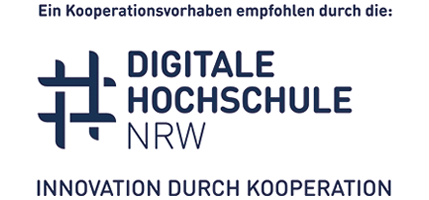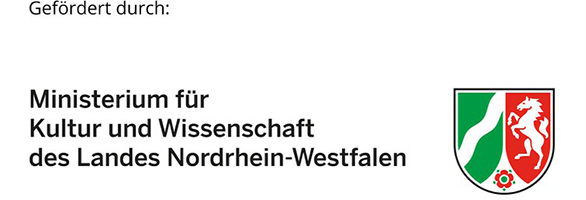Development of a FE-model to optimize steel cord conveyor belt splices
DOI:
https://doi.org/10.2195/lj_Proc_froboese_de_201411_01Keywords:
Finite Elemente Methode (FEM), Hyperelastizität, Materialparameter, Stahlseil-FördergurtAbstract
Splices are the weak points of a conveyor belt. There, the occurring force is transferred through the intermediate rubber. Tests of conveyor belt splices are time consuming and expensive. To measure stress during the test requires an enormous effort. Therefore, a FE-model was developed at the Institute of Transport and Automation Technology in cooperation with Fenner Dunlop Americas to optimize steel cord conveyor belt joints.Downloads
Published
2014-12-05
How to Cite
Froböse, T., Heitzmann, P., Overmeyer, L., & Wakatsuki, A. (2014). Development of a FE-model to optimize steel cord conveyor belt splices. Logistics Journal: Proceedings, (10). https://doi.org/10.2195/lj_Proc_froboese_de_201411_01
Issue
Section
Artikel








